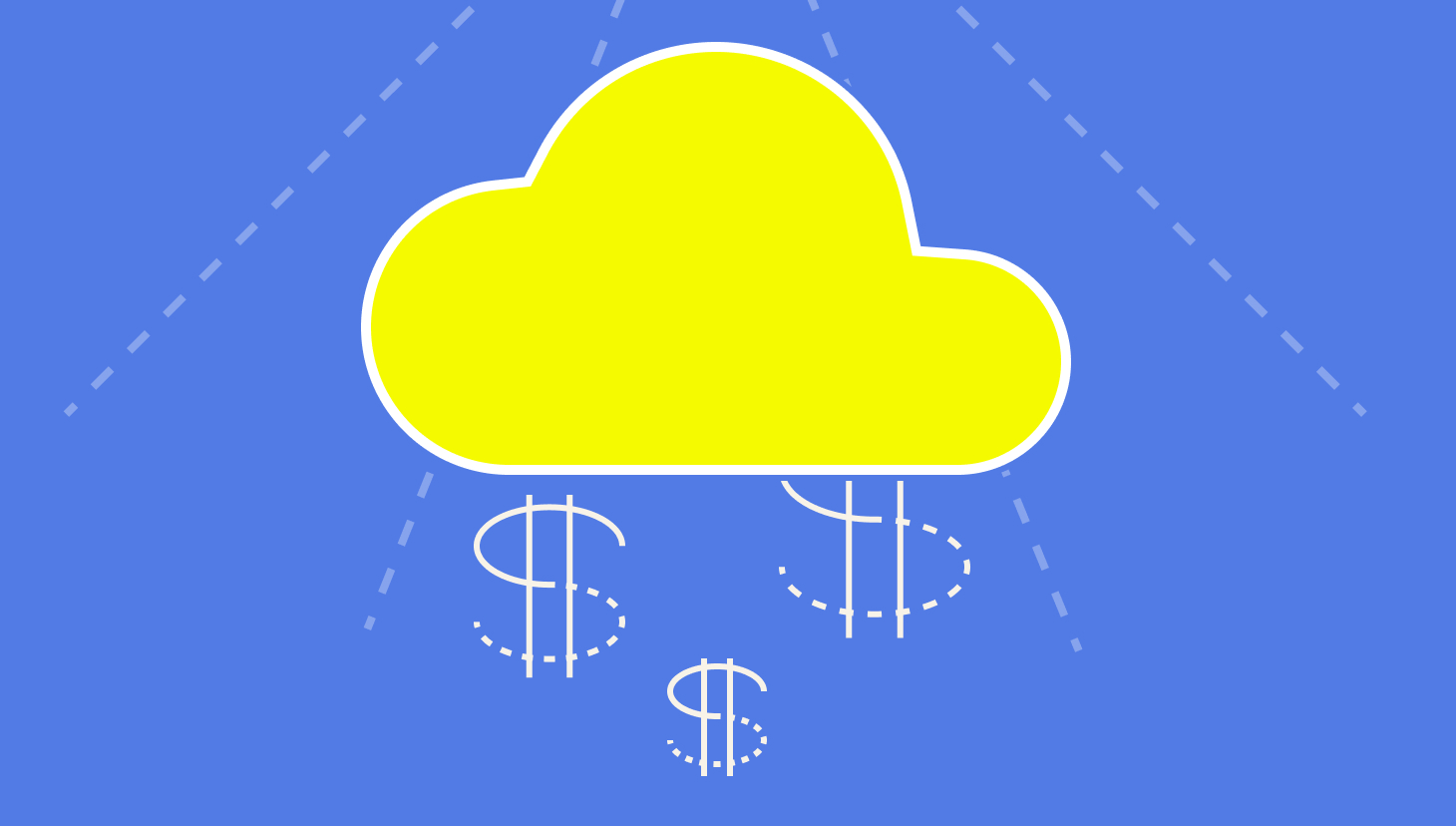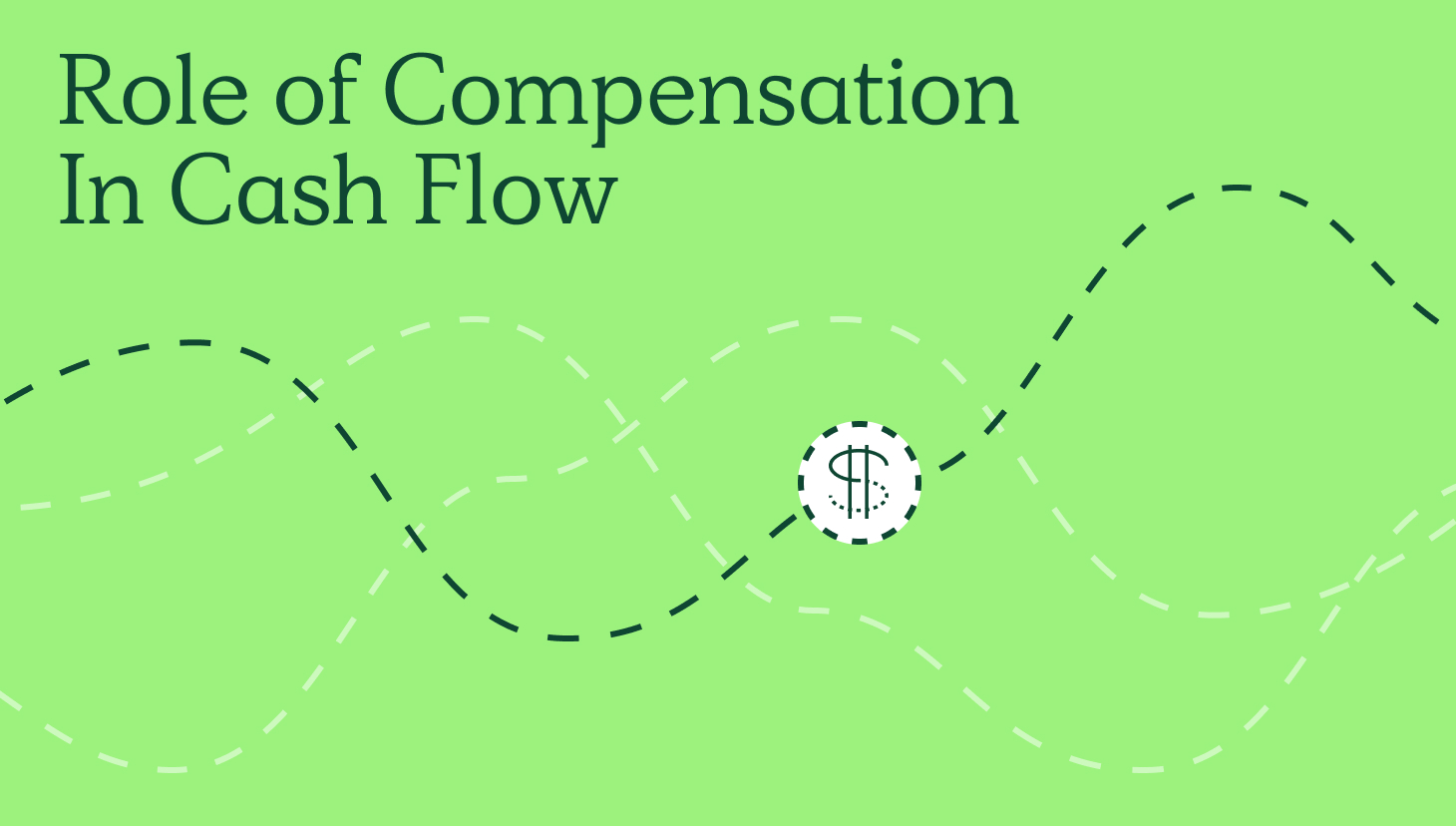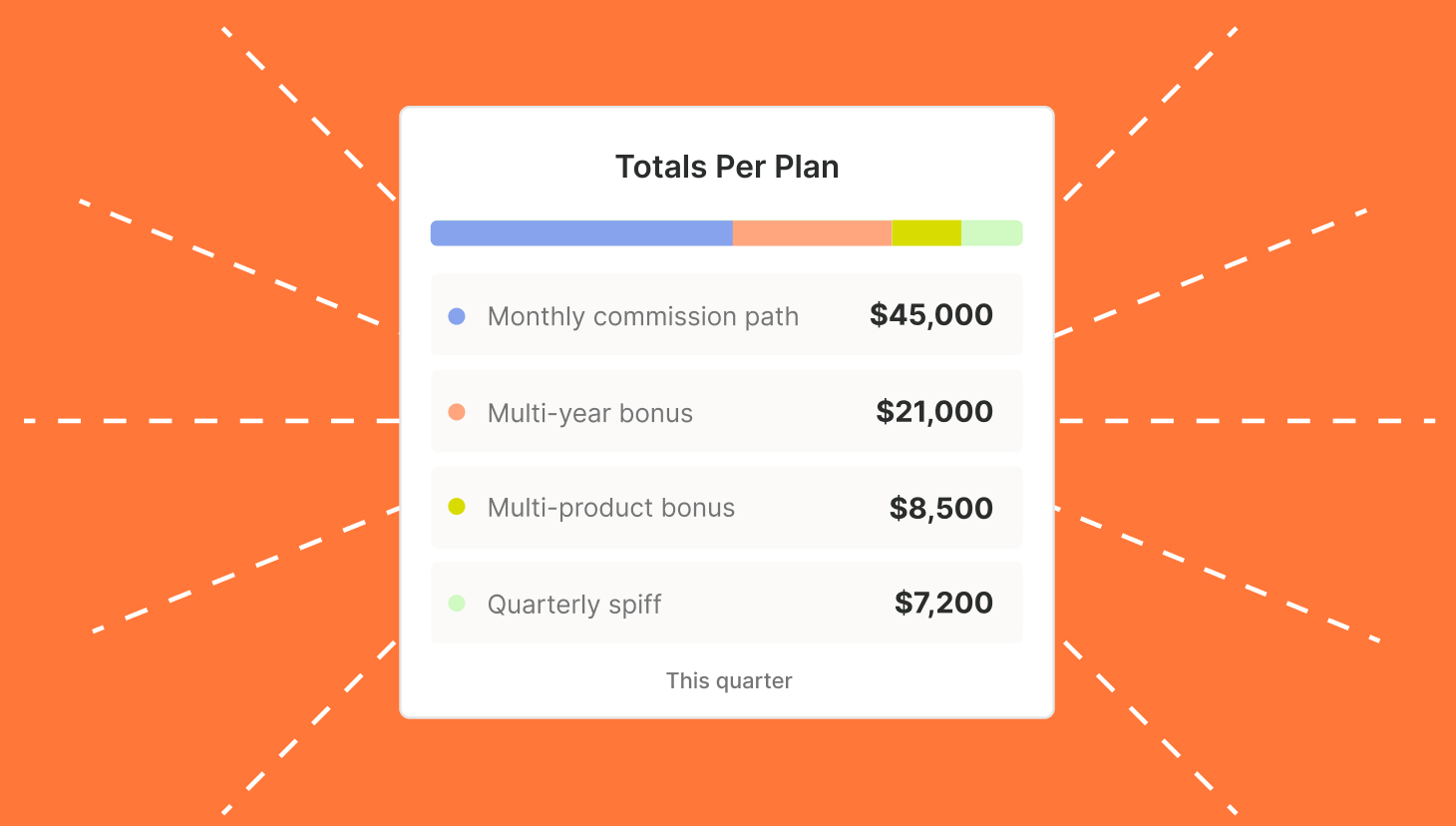When managing any organization, efficient payroll is essential.
Handled correctly, you can ensure that staff are consistently paid on time. But all too often, bottlenecks occur, slowing the process. This can lead to employees feeling frustrated and less motivated in their roles.
Of course, the larger your organization, the more complex the payroll process becomes.
That’s why businesses are turning to cloud-based solutions to improve the payout accuracy. This technology centralizes employee data into a unified space. The software can automate manual tasks from here and guarantee regular and error-free staff payments.
On an even bigger scale, the cloud can transform organizational efficiency, boost employee satisfaction, and cut costs with the right approach. In this article, we’ll explore these robust solutions in more detail.
We’ll also show how to transition from outdated legacy systems to a cloud-based approach.
Benefits of cloud-based solutions for payout accuracy
There’s no denying that cloud-based solutions represent the next step for payroll. But what benefits does the technology bring to the department? We’ve explored some of the top advantages below.
Enhanced data management and real-time processing
Cloud-based payroll solutions simplify data management thanks to real-time processing. This technology processes data as soon as it becomes available. It can then be outputted to systems that require time-sensitive responses.
Real-time processing enables cloud-based payroll systems to calculate employee wages and taxes as they are earned. This is as opposed to making a manual calculation at the end of each payment period. This guarantees that employees can have quicker access to their hard-earned wages.
Ultimately, an employer that pays staff more quickly will always be preferred to a slower alternative. In this way, cloud-based payroll can also be a factor in reducing staff turnover and maintaining good employee relations.
Automation and reduced human error

Automation is a key aspect of all cloud-based solutions. Consider the different manual processes involved in payroll. In addition to the basic wage, additional factors such as allowances, expenses, and bonuses add complexity. By carrying out this process manually, not only are mistakes more likely, but so are delays, which can lead to employee frustration.
With all this complexity, mistakes can creep in at any stage of the process. Cloud-based solutions will automate and standardize a wide range of processes, from invoice processing to tax calculations, removing manual activity and cutting out the risks. There’s no danger of mistakes, as the software will carry out tasks as programmed, consistently and accurately.
The same goes for external contractors and freelancers that you work with. If they’re not already, they should be encouraged to use invoicing software to automate and manage their invoicing process, reduce the risk of errors, and ensure they are getting paid on time.
Scalability and flexibility in financial operations
The more employees your organization takes on, the more difficult the task of the payroll team becomes. Each new staff member requires paperwork and onboarding. All wages must also be logged for financial accountability.
Without cloud-based software, your payroll team must also scale up. You’ll need additional employees to handle the rise of manual tasks. Conversely, if you scale down your employee base, you’ll need fewer payroll staff.
Cloud-based solutions make scalability much simpler. Most software is extremely flexible, allowing you to choose the features you need. You can pay to scale up alongside the growth of your organization. What’s more, this approach is usually more cost-effective than hiring a larger team. You don’t need to worry about training or onboarding, as cloud-based tools work straight away.
Streamline commissions for your RevOps, Finance, and Sales teams
Design, track, and manage variable incentives with QuotaPath. Give your RevOps, finance, and sales teams transparency into sales compensation.
Talk to SalesKey cloud-based technologies for payout accuracy
There are many clear benefits to using cloud-based technologies for payroll. But which tools are most useful for boosting accuracy and guaranteeing efficient payout? We’ve explored some top examples below.
Data analytics and AI integration

It’s useful to know what your payroll numbers are and what they mean for your business. That’s why payroll analytics software has been incredibly useful not only in determining where improvements in the HR process can be made but also for employee insights that boost performance, such as when individuals or departments are due a raise.
Listed below are some of the main ways data analytics can provide useful payroll insights:
- Identify savings – Software enables you to keep a close eye on costs, and spot areas where savings can be made.
- Predict trends – Using AI-powered machine learning, analytics can predict future payroll trends. For instance, you can forecast periods where you’ll require additional employees. This way, you can more effectively budget for the future.
- Spot fraud – Analytics can help you identify inaccuracies within your payments. You can spot mistakes or fraudulent activities before they become too costly.
Smart contracts and automation tools
AI-powered contract automation tools allow us to create ‘smart contracts’. These contracts are automated and run on a blockchain. They’re programmed to carry out certain actions once predefined tasks have been completed. Payroll teams can use smart contracts to automatically send payments to employees once they have completed a set amount of hours.
Smart contracts present a much more efficient alternative to traditional contracts. Instead of paying employees on a set date, staff are paid once work is complete. Employees will be happier as this means they can get access to their earnings more quickly.
Secure cloud storage and data encryption
Managing data securely is now more critical than ever. To keep the trust of employees, and remain compliant with emerging data legislation, businesses must keep payroll information secure.
Using a cloud-based platform helps to keep your data safe. These solutions offer data encryption, making sure that information is only available to those with access. Cloud platforms are also designed to be compliant with data laws. With data stored on the cloud, there’s less risk of incurring costly fines.
Steps to transition from legacy systems to cloud-based solutions
What if your payroll team is still using outdated legacy systems? Stick to the following steps to bring your software up-to-date.
Assess current systems and define objectives

The process should begin with thoroughly assessing your existing systems and budget. It’s logical to upgrade your payroll alongside carrying out a wider overhaul of your HR systems, but this requires careful planning.
Use your accounting software to forecast your cash flow and create reports that will help you make strategic decisions. With a clear budget and objectives, you can monitor costs and analyze how this transition to a cloud-based solution has benefited your business over time.
Once you’ve determined your budget, you should list and review all the critical areas in your payroll systems. Which are in most need of an upgrade? To measure current performance, you could track systems against payroll KPIs. For instance, you might look at the volume of data input issues or calendar length (the length of time it takes to complete an average payroll run).
Select the appropriate cloud solution
With so many cloud-based payroll solutions available, it can be difficult to know where to start. The ‘best’ choice will depend on the unique needs of your business. As a broad rule, look for the following features:
- Software that is recognized by your local tax authority.
- Varied functionality that allows you to manage payslips and other employee documents.
- The ability to scale payroll requirements alongside a growing workforce.
- The option to share documents and easily collaborate with other payroll or HR staff.
- Integration with HR and other business tools.
Carry out data migration and system integration
It’s important that you can smoothly migrate data from your legacy systems to the cloud. Luckily, most cloud-based software offers a simple setup with minimal steps. Your provider should assist you with a step-by-step guide for a simple and smooth migration.
In general, you’ll need the following details when migrating to a new system:
- Employee details (full name, address, start date of employment, etc).
- A list of year-to-date earnings and deductions.
- Employer year-to-date information (e.g. an employee’s net pay).
- Details relating to pension schemes and providers.
Customize and optimize your tools
Once you’ve set up your cloud-based system, it’s important to tailor it to your needs. Cloud solutions adopt standardized processes. As mentioned, though, the best solutions allow you to configure these so you can make sure that your organization’s needs are met.
To begin, consider the best dashboards to allow you to present your payroll analytics. These should include performance against your KPIs and other measures that help you manage your processes and deliver maximum effectiveness. Look for cloud solutions that offer easy-to-digest visualizations that allow staff to track performance and support strong data analysis.
Alongside this, consider access to your cloud data. Are appropriate levels of access assigned to the right people? Consider division of responsibilities to guarantee integrity. Are important documents stored correctly, and are you on top of version control?
There are many areas where the right configuration choices will boost performance. By optimizing your tools, you can make sure you’re getting the most out of your cloud solution.
Deliver staff training and change management

As we’ve explored, introducing cloud-based payroll systems brings many benefits. The transition, though, represents a change for your staff. Some employees, particularly those who have worked for you for a long time, may be apprehensive about this change. To reduce concerns, highlight the benefits of cloud automation before an upgrade. Explain how the transition will help to make employees’ lives easier.
Once systems are in place, be sure to offer training and ‘show the ropes’ to your team. Payroll training services can provide expert knowledge and insights. If you have any employees with previous experience, it may also be wise to appoint ‘champions’ to provide additional assistance to teammates who are struggling.
Lastly, create a space on your LMS or HR platform so that staff can access learning materials. These resources should be accessible on the go so that staff can learn in an environment that suits them.
Streamline commissions for your RevOps, Finance, and Sales teams
Design, track, and manage variable incentives with QuotaPath. Give your RevOps, finance, and sales teams transparency into sales compensation.
Talk to SalesKey takeaways
The rise of cloud-based technologies represents an exciting opportunity for payroll teams. It’s a chance to reduce error, cut out manual work, and pay employees more quickly.
Here, we’ve explored some of the key cloud-based technologies to enhance the payout process. Thanks to AI-powered analytics, teams can gain greater insights into their payroll data. With smart contracts, you can guarantee faster payment. Most importantly, the cloud provides a secure space to protect sensitive employee data.
So, why not embrace the future? Follow our steps and switch to a cloud-based payroll system today.



